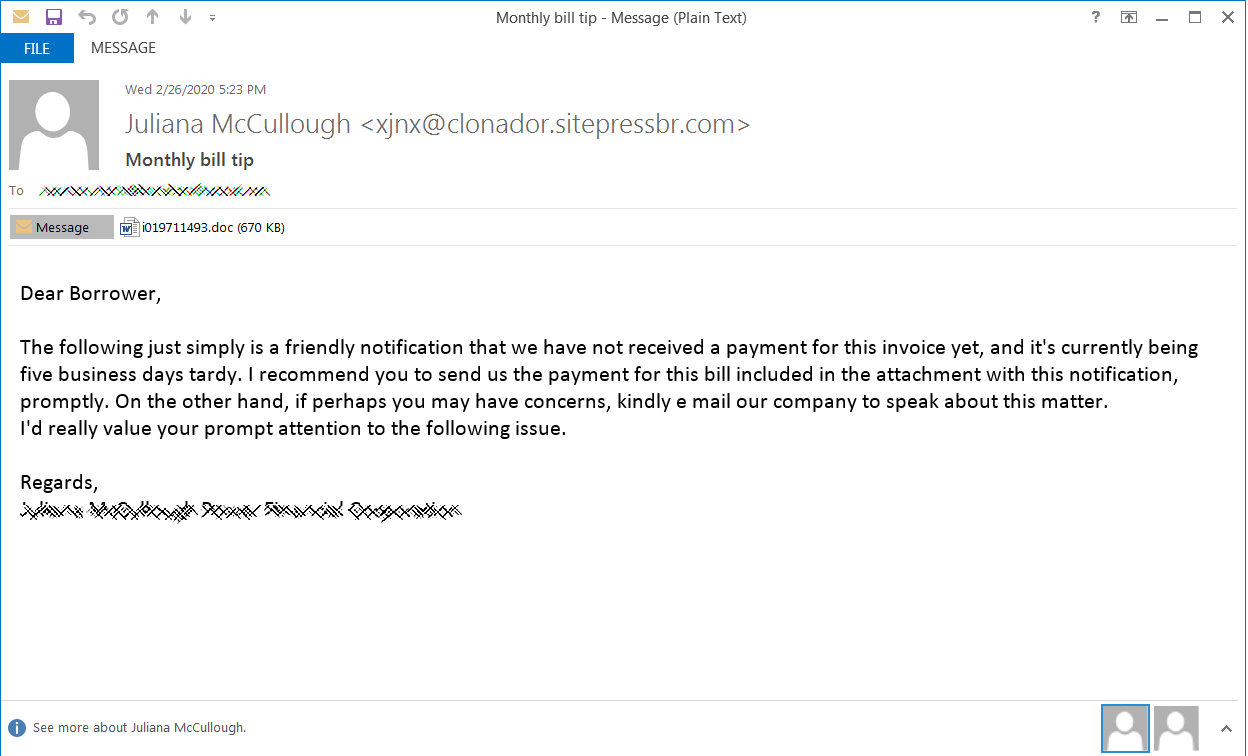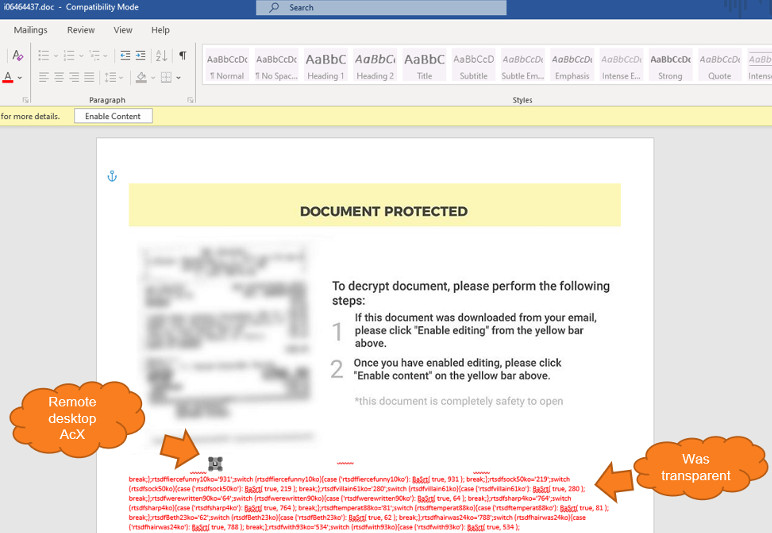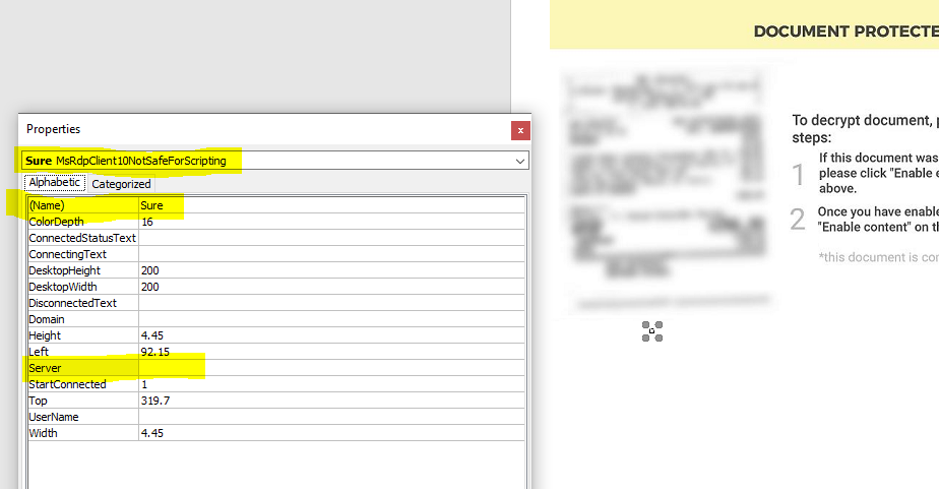Προγράμματα Πρόληψης και Καθαρισμού Ιών που θα Πρέπει να Έχετε στο PC, τι χρησιμοποιώ εγώ, what programs i use to secure my pc: 1 Common Sense!!!
Extensions for my browser i use Opera:
First you need to install : Install Chrome Extensions
Install Chrome Extensions allows you to install extensions from Google Chrome Web Store
in your Opera browser.
Malwarebytes Browser Guard
crushes unwanted and unsafe content, giving you a safer and faster browsing, Not only that, it is the world’s first browser extension that can identify and stop tech support scams. We take on the bad guys so you don’t have to.
VT4Browsers, VirusTotal Browser Extension
Imagine you log into your Gmail account and find a suspicious email from your bank. The email informs you about an unauthorized access to your account and asks you to follow a link and provide your credentials to view the account access log. Wouldn't it be great if you could simply right-click on the link and check it against VirusTotal in order to understand whether it is legit or report a phishing site? Wouldn't it be great if you could do this just with that right-click, without having to navigate to VirusTotal and refer to the URL tab? This is what VirusTotal's browser extensions allow you to do.
Emsisoft Browser Security
Blocks dangerous websites that distribute malware and prevents phishing attacks.
-------------
For my win10
Malwarebytes Premium
Malwarebytes Premium is Malwarebytes’ strongest protection ever. It fights threats that antivirus software isn’t advanced enough to stop. All threats are removed including worms, rogues, dialers, trojans, rootkits, spyware, exploits, bots, and other malware. Work, play, and socialize online freely with no worry.
For my android
Malwarebytes for Android
The folks you trust to safeguard your computer now offer powerful protection you can put in your pocket. Malwarebytes for Android automatically detects and removes dangerous threats like malware and ransomware so you don't have to worry about your most-used device being compromised. Aggressive detection of adware and potentially unwanted programs keeps your Android phone or tablet running smooth. A privacy audit tells you which apps are monitoring your every move. All that protection in a lean package.
Extensions for my browser i use Opera:
First you need to install : Install Chrome Extensions
Install Chrome Extensions allows you to install extensions from Google Chrome Web Store
in your Opera browser.
Malwarebytes Browser Guard
crushes unwanted and unsafe content, giving you a safer and faster browsing, Not only that, it is the world’s first browser extension that can identify and stop tech support scams. We take on the bad guys so you don’t have to.
VT4Browsers, VirusTotal Browser Extension
Imagine you log into your Gmail account and find a suspicious email from your bank. The email informs you about an unauthorized access to your account and asks you to follow a link and provide your credentials to view the account access log. Wouldn't it be great if you could simply right-click on the link and check it against VirusTotal in order to understand whether it is legit or report a phishing site? Wouldn't it be great if you could do this just with that right-click, without having to navigate to VirusTotal and refer to the URL tab? This is what VirusTotal's browser extensions allow you to do.
Emsisoft Browser Security
Blocks dangerous websites that distribute malware and prevents phishing attacks.
-------------
For my win10
Malwarebytes Premium
Malwarebytes Premium is Malwarebytes’ strongest protection ever. It fights threats that antivirus software isn’t advanced enough to stop. All threats are removed including worms, rogues, dialers, trojans, rootkits, spyware, exploits, bots, and other malware. Work, play, and socialize online freely with no worry.
For my android
Malwarebytes for Android
The folks you trust to safeguard your computer now offer powerful protection you can put in your pocket. Malwarebytes for Android automatically detects and removes dangerous threats like malware and ransomware so you don't have to worry about your most-used device being compromised. Aggressive detection of adware and potentially unwanted programs keeps your Android phone or tablet running smooth. A privacy audit tells you which apps are monitoring your every move. All that protection in a lean package.
.png)







